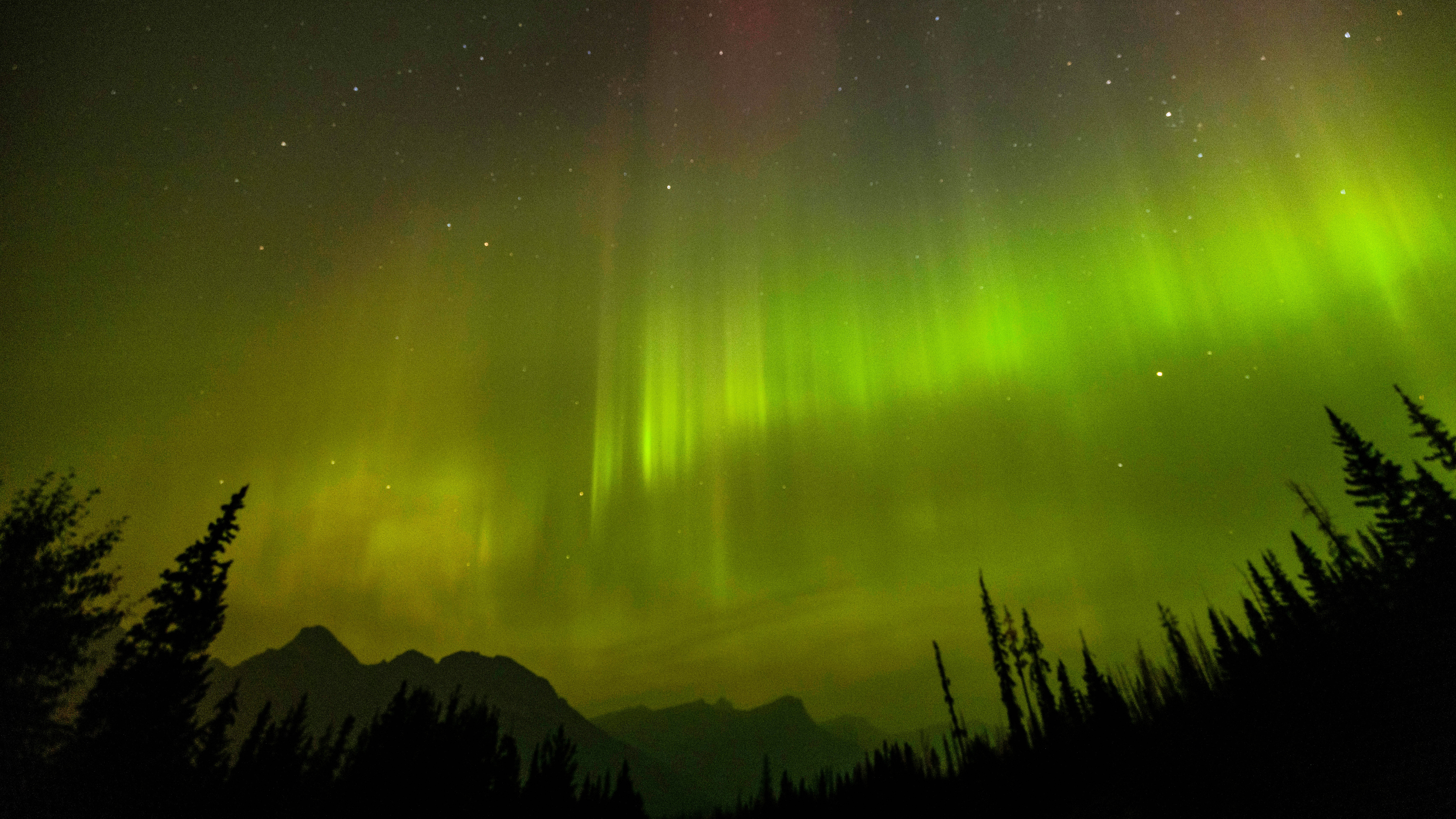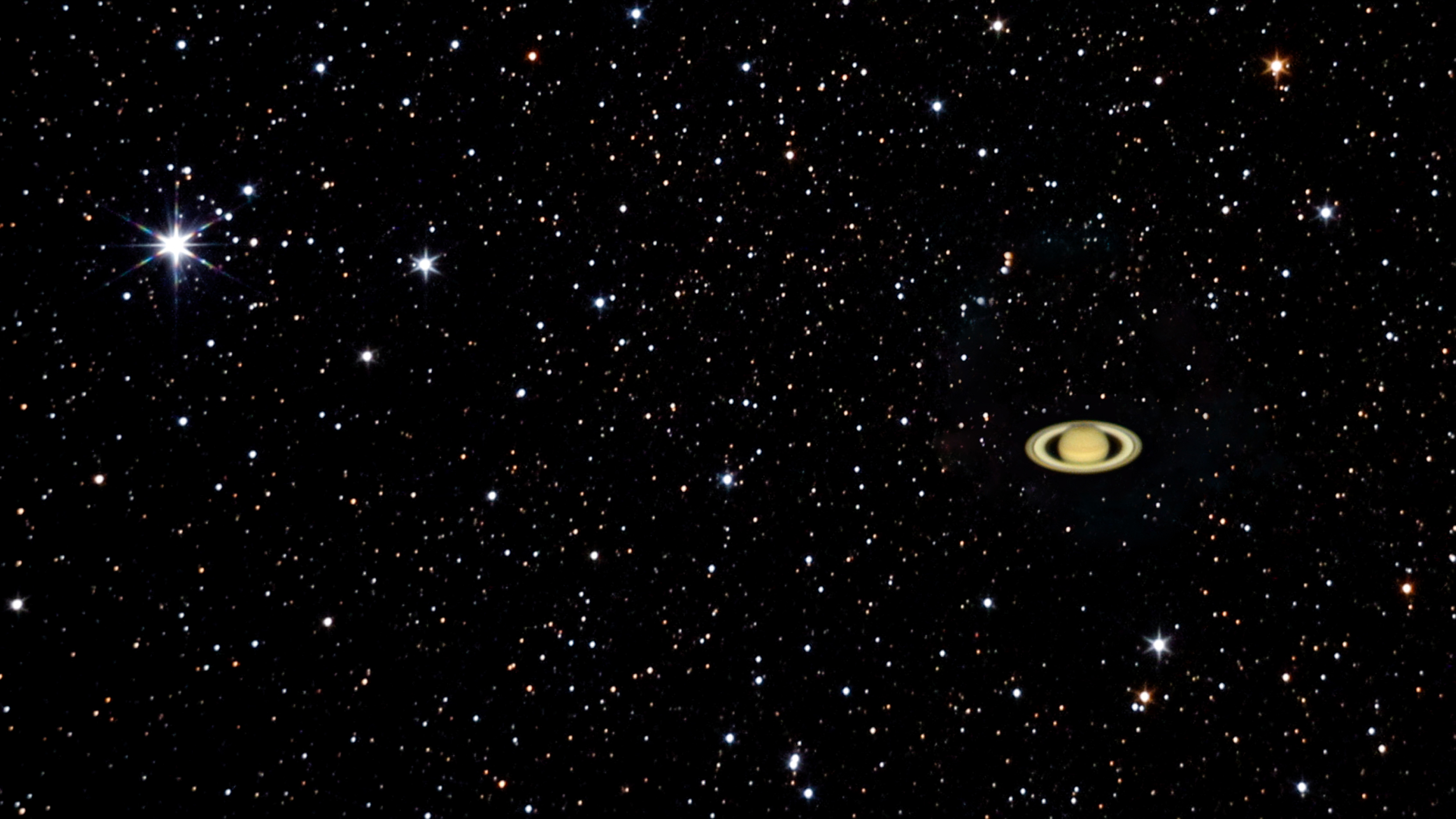10 key events for astrophotographers in 2023
Two incredible solar eclipses, four supermoons and an uptick in aurora will make 2023 a great year for astrophotographers

Astrophotography is getting so popular and yet its practitioners are so often badly informed about the unique and beautiful events happening in the night skies above. So get your calendar out, grab one of the best cameras for astrophotography and/or one of the best astrophotography telescopes and start taking long exposures and technical close-up shots of deep-sky objects at night.
Here’s what to point your camera at in the next 12 months:
1. Northern Lights on the increase
Since the Sun is waxing towards its once-in-11-years ‘solar maximum’ in 2024 or 2025 it’s theoretically true that the Northern Lights will in 2023 be more frequent and stronger than they have been since the mid-2010s. That doesn’t mean there’s a 100% chance of seeing them – clouds can thwart you at any time – but a trip to the Arctic Circle between 64º and 70º North latitudes in places like Iceland, northern Norway, Sweden and Finland will maximize your chances.
Read: Where, when and how to shoot the Northern lights
2. Venus and Jupiter in conjunction: 1 March 2023
When two objects in the night sky appear very close together it’s called a conjunction by astronomers. When it’s Venus and Jupiter – the brightest planets of all as seen from Earth – it’s an astrophotographer’s dream. This conjunction will be particularly impressive because the two worlds will appear just 0.3º apart. That’s close enough to see them in the same field of view of a small telescope. It’s a convenient event, too, appearing at its best in the southwestern sky just after sunset. The nights on either side will also see the two planets nicely positioned very close to each other.
Read: The best camera for astrophotography in 2022: tools and lenses to shoot night skies
3. Milky Way Season: April-September
As camera sensors have improved in recent years the internet has become saturated by Milky Way images. They’re beginning to lose their uniqueness, but if you do fancy capturing the arc of our galaxy then get yourself somewhere dark between April (for early morning views) and September (for post-sunset views) and line it up with an interesting foreground subject.
The best camera deals, reviews, product advice, and unmissable photography news, direct to your inbox!
Read: How to shoot nightscapes: camera gear and exposure settings
4. A rare hybrid solar eclipse: 20 April 2023
Everyone knows that it’s a total solar eclipse that’s one of nature’s great experiences, so why travel to Western Australia, Timor Leste or remote West Papua to see a hybrid solar eclipse? Especially one that lasts only a minute! Occurring only seven times this century, a hybrid eclipse occurs because the Moon is just the right distance from Earth in its elliptical orbit to cause a total solar eclipse only from the middle section of a path across Earth’s surface. From all viewing zones aside from remote areas of the ocean, a brief totality will result, with the shortness made up for by an extra-special display of beads of light around the Moon both before and after. Exmouth Peninsula in Western Australia is where to head for the best chance of clear skies – and a dramatic 62-second eclipse.
5. Venus, Mars and the Moon: 23 May and 21 June 2023
Triangles appeal to the human brain. When the Moon passes close to two planets and appears to form a triangle, in reality, nothing is happening of any significance. But it looks great! There are two chances in 2023 to catch the sight of the Moon passing Mars and Venus, with the events on 23 Ma and 21 June occurring in the west just after sunset.
Read: When to photograph the moon
6. Mars in the Beehive Cluster: 2 June 2023
Nestled in the simple Y-shaped constellation of a Cancer is M44, also called Praesepe or the Beehive Cluster. An area busy with blue stars, it’s a zodiacal constellation so one that both the Sun and planets pass through. This year it’s the once-every-two-years apparent visit of Mars, which will be waning from its super-bright opposition in December 2022. You’ll need a long lens for this, but taking the shot is mostly about timing. It will be above the western horizon after sunset on 2 June 2023. Venus will appear to be close by.
Read: Best smart telescope in 2023
7. Perseid meteor shower: 12-13 August 2023
Everyone’s favorite annual meteor shower has been a victim of lunar light pollution in recent years. Thankfully that’s not the case in 2023. With a waning crescent Moon just 8%-lit and not rising until an hour before dawn, the night sky will be dark as Earth busts through the debris stream left in the inner solar system. Get yourself under dark, rural skies and set your camera to take aseries of 30-second shots, being sure to also take some time to gaze at the night sky. The next morning you can flick through your captures and see if you caught one – and then use your data to also create a wonderful multi-hour star trail.
Read: How to photograph a shooting star
8. Giant planets at opposition: 27 August and 3 November 2023
Ever captured the ringed planet up close? Although it’s not a particularly bright planet, the fifth planet from the Sun has such a magnificent ring pattern that it demands a close-up attempt when it’s at its biggest, brightest and best in 2023 on 27 August. Try the stacking method, which entails taking lots of images and stacking them together to maximize both contrast and clear atmospheric condition – ditto for fellow giant planet Jupiter, which reaches its annual opposition on 3 November.
Read: How to try deep-space astrophotography
9. A big, bright ‘Blue Supermoon’ rising: 31 August 2022
Technically speaking there are four so-called supermoons in 2023. On 3 July, 1 August, 31 August and 29 September. However, it’s on 31 August that our natural satellite in space will be at its absolute biggest, brightest and best during its full Moon phase. It will appear to look its biggest as it rises in the east as the Sun sets in the west. As with all rising full Moons, it will look a deep orange as it appears, changing to a bright yellow and then white as it climbs higher in the sky. It will be called a ‘Blue Moon’ simply because it will be August 2023’s second full Moon. Since the Moon takes 29 days to orbit Earth, that’s bound to happen now and again.
Read: How to photograph the full moon
10. A ‘ring of fire’ solar eclipse in the Americas: 14 October 2023
An annular solar eclipse – a ring of light around the Moon – occurs when the Moon is relatively far from Earth in its elliptical orbit, so can’t cover the whole of the Sun as seen from Earth’s surface. It’s only an interesting shot in close-up and your timing has to be perfect, but this October there’s a great opportunity to capture this relatively rare event when a vast swathe of the American West (and many U.S. National Parks) experiences up to five minutes of annularity.
Key sites to experience the light drop in light and a ‘ring of fire’ include iconic locations including Oregon’s Crater Lake National Park and Utah’s Bryce Canyon National Park – both Dark Sky Parks ideal for wide-angle nightscape photography in the nights surrounding the eclipse. The rest of North America will experience a big partial solar eclipse.
Read: 10 nightscape photography hacks: boost your set-up with these simple tips
Read more:
• Astrophotography: How-to guides, tips and videos
• Astrophotography tools: the best camera, lenses and gear
• The best lenses for astrophotography
• The best star tracker camera mounts
• Best equatorial mounts
• Best deep-space telescopes
• The best light pollution filters
• The best CCD cameras for astrophotography
• The best spotting scopes
• The best binoculars
• The best microscopes

Jamie has been writing about photography, astronomy, astro-tourism and astrophotography for over 15 years, producing content for Forbes, Space.com, Live Science, Techradar, T3, BBC Wildlife, Science Focus, Sky & Telescope, BBC Sky At Night, South China Morning Post, The Guardian, The Telegraph and Travel+Leisure.
As the editor for When Is The Next Eclipse, he has a wealth of experience, expertise and enthusiasm for astrophotography, from capturing the moon and meteor showers to solar and lunar eclipses.
He also brings a great deal of knowledge on action cameras, 360 cameras, AI cameras, camera backpacks, telescopes, gimbals, tripods and all manner of photography equipment.










